Is the Birkin the only product that Hermès really needs? The iconic bag helped the brand outperform LVMH and Kering in early 2021 ... but now it’s getting into cosmetics with Hermès Beauty
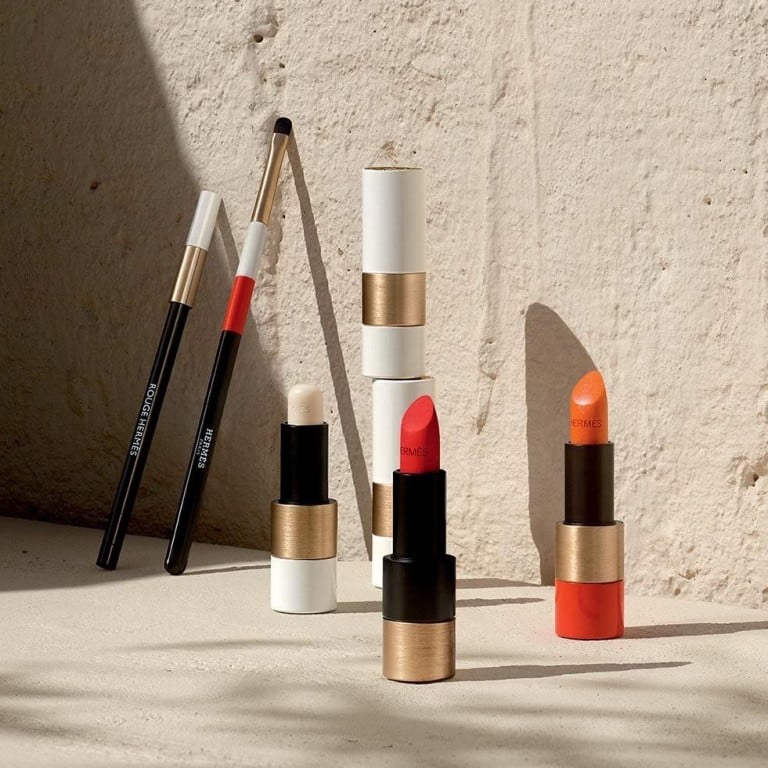
Hermès is on a roll. First it was their popular “Wanderland” exhibition in Shanghai, then it was the opening of Hermès Fit, a pop-up in Chengdu offering free gym classes, and now it’s experimenting with “mushroom” leather, a sustainable alternative to leather.
The glamorous lives of Hong Kong’s richest actresses

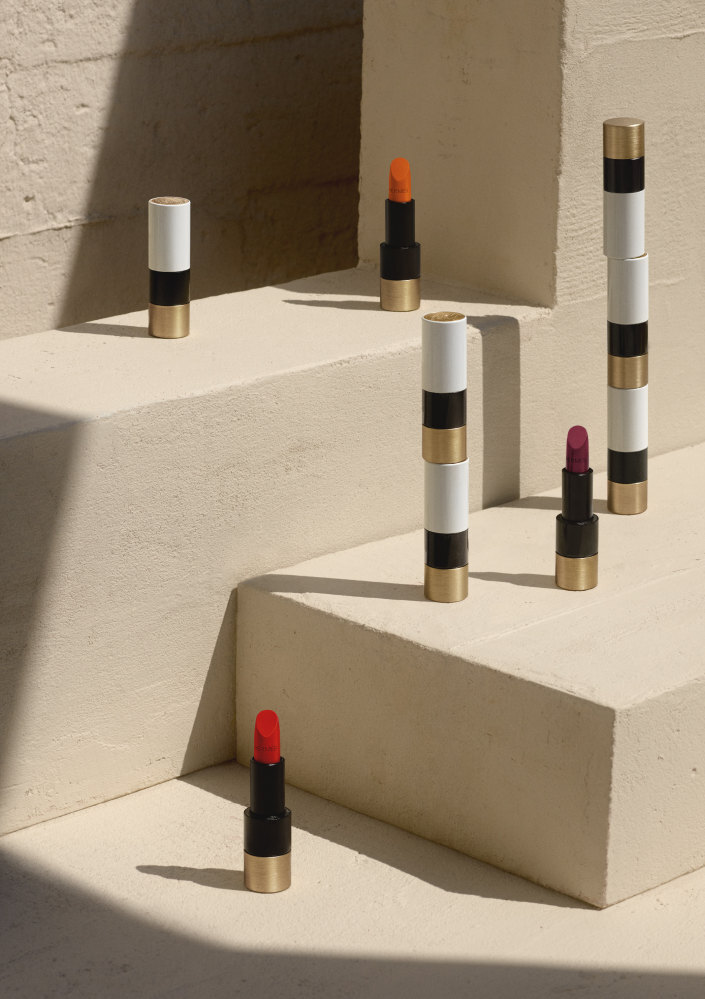
Most recently, the heritage house turned to the lucrative cosmetics field, launching an exclusive Hermès lipstick collection last year followed by the release of their Rose Hermès blush collection in April 2021.
Curations: Hermès unveils H24, a men’s fragrance developed with a nose for fashion
Given their latest first quarter earnings report, consumers clearly are still very much enamoured with the brand, which saw a 44 per cent increase YOY. Watches, homeware, fine jewellery, ready-to-wear and accessories all contributed to this impressive growth over a period in which they nearly doubled their sales. Yep, things are looking very good at Hermès.
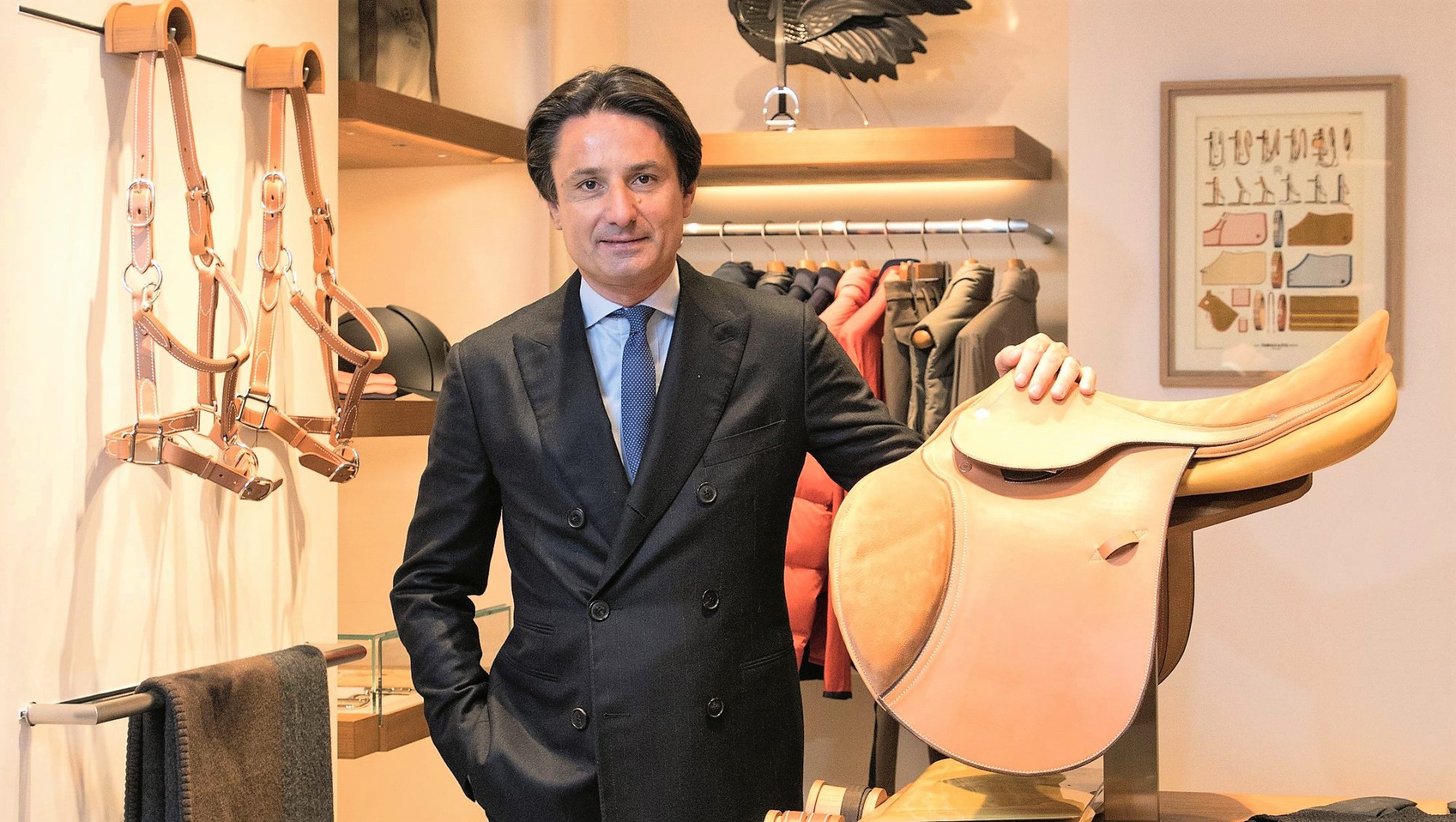
At the 2019 shareholders meeting, Axel Dumas, CEO of Hermès Group, stated that their goal is to become a comprehensive global luxury goods group, so the balanced development of various departments must surely be pleasing. And the proof is in the pudding, as the 184-year-old house outperformed fellow luxury conglomerates LVMH and Kering in the first quarter of 2021.
Here, we examine how Hermès has stayed relevant over the years and whether venturing into new categories will see it keep its position in the market.
Why do Nita Ambani and other A-listers love the Hermès Birkin?
Hermès doesn’t need celebrities ... or does it?
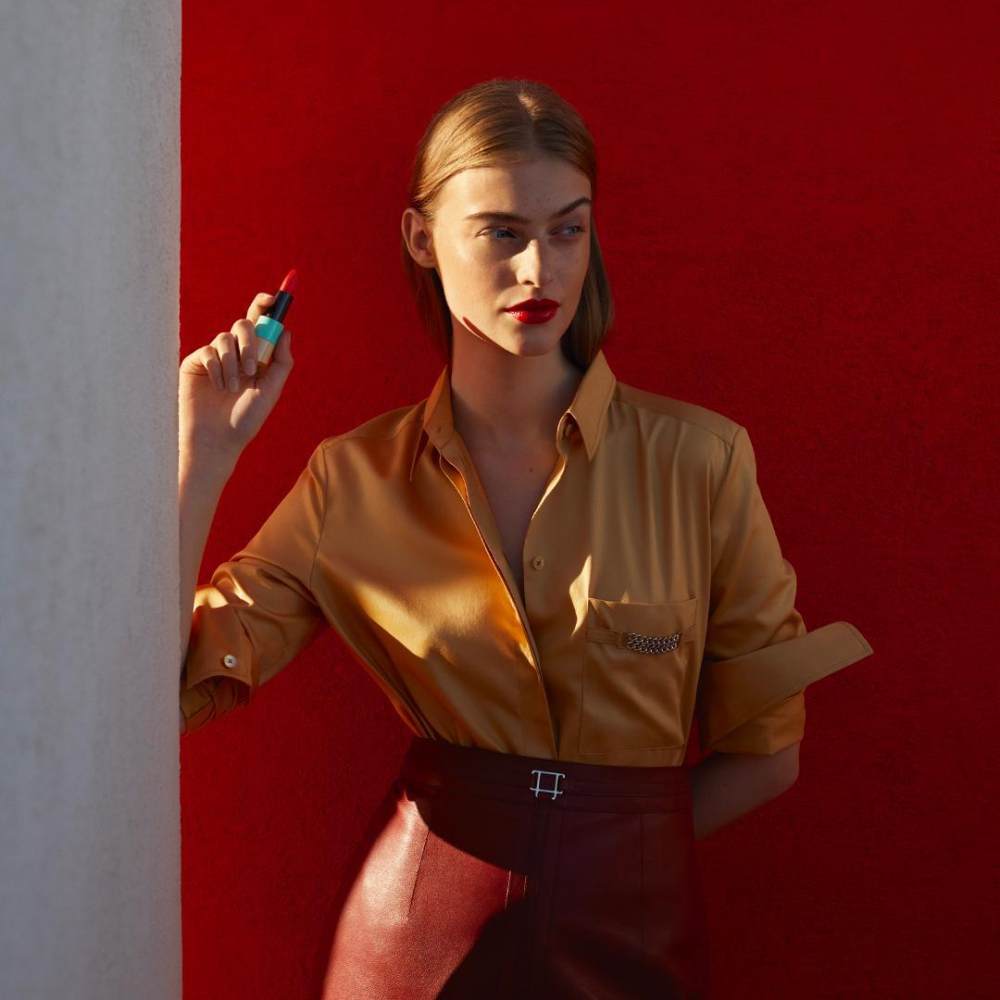
Very few brands can avoid the lure of local KOLs in China, who help drive vast amounts of traffic to a brand’s site or official accounts. From Louis Vuitton to Gucci, companies have legions of Chinese ambassadors for each of their product categories. Not so Hermès: the luxury house has actively stayed away from celebrity endorsements, believing they are simply not needed. With celebrities and the ultra-wealthy continuing to add their names to long waiting lists for the brand’s iconic products, perhaps the best marketing tactics remain exclusivity and scarcity, making bags such as the Birkin the perfect status symbol.
Overexposure often deters ultra-high net worth individuals, as this demographic places a greater value on quality and are less concerned with displays of wealth. According to “The Wealth Report 2021” by property consultancy Knight Frank, China’s UHNW segment increased the most of any country last year (16 per cent). Given this, many luxury companies are paying too much attention to HENRYs (High Earners, Not Rich Yet) rather than UHNW, and in the process, are missing a huge opportunity.
Hermès for a future wife? How Drake spends his US$180 million net worth
Can Hermès keep diversifying?

Hermès understands how risky it is to bet on a number of hero products. While it is indispensable for brands to create a signature piece, it’s never wise to stop creating new ones. Diversification is an important strategy for companies to hedge against downturns in specific categories, shifting consumer needs and preferences, and wider socio-economic factors.
For years the French maison has been making efforts beyond its leather and saddlery category. Last year it jumped onto the make-up bandwagon, releasing a full collection of lipstick, and this year it launched its fragrance flagship store on Tmall. This June, it opened the world’s first Hermès Shoes boutique, specialising in women’s footwear, in Japan’s Hankyu department store.
In fact, it’s hard to say how long Hermès can rely on the allure of its Birkin bag. However, promoting new products while enjoying the current aura of the iconic handbag will help the company to mitigate its potential decline going forward.
Why a phone case can cost more than an iPhone – and is it worth the splurge?
Will a new beauty category bring Hermès a new consumer?
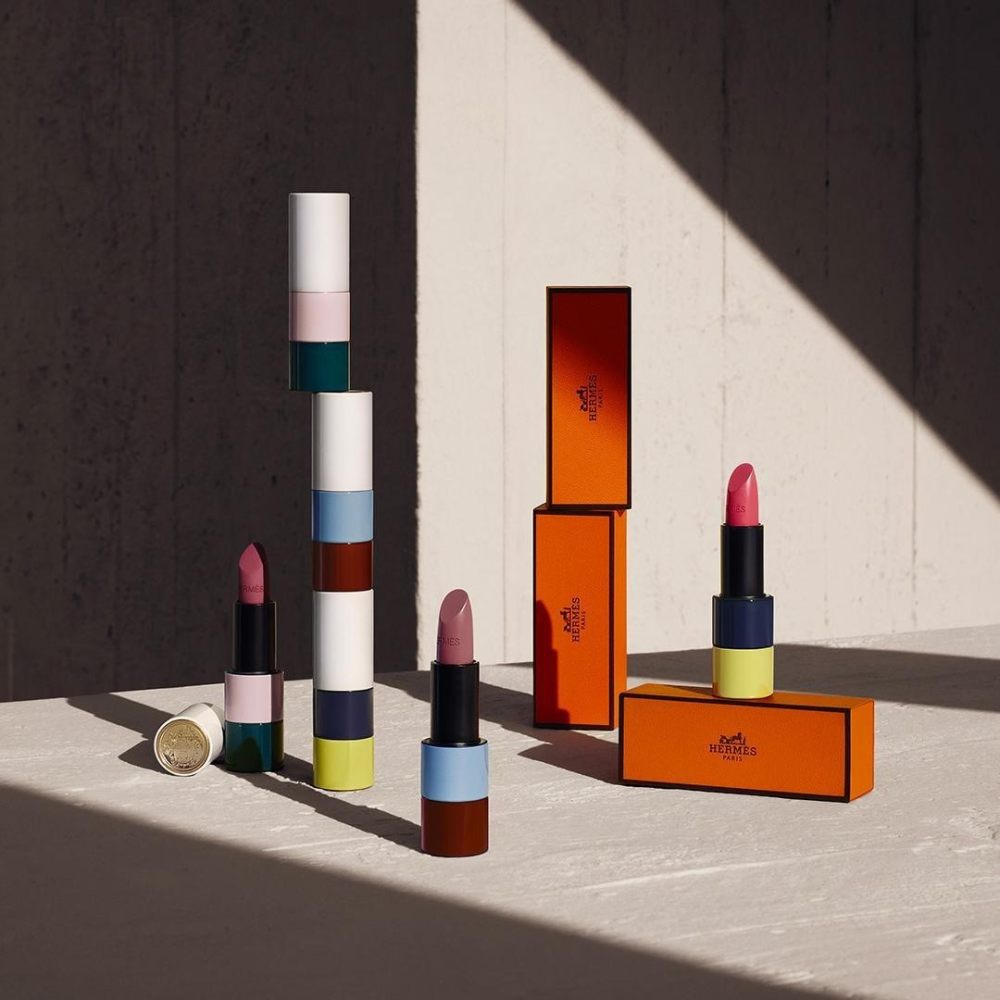
Hermès’ leap into cosmetics might well bring new consumers to the company. The line offers shoppers a lower entry price point, enabling the luxury house to reach a broader audience that wants a touch of the historic brand. However, with that might come a potential loss of prestige. According to Dao Nguyen, founder of Essenzia, a marketing agency dedicated to fragrance and beauty, it won’t detract from perceptions of the house too much: “On the contrary, in regard to current economic situation and pressure it may facilitate brand recruitment and penetration with Chinese Gen Z.”
Nevertheless, Hermès is a “latecomer” to the cosmetic industry. To date, the market has been divided between four major conglomerates – the Estée Lauder Group, L’Oréal Group, LVMH and Chanel – which together account for about 70 per cent of global cosmetics sales. It won’t be easy for the company to take market share from such established competitors.
Would you spend US$76,000 on ‘Birkinstocks’ like Kylie Jenner’s?
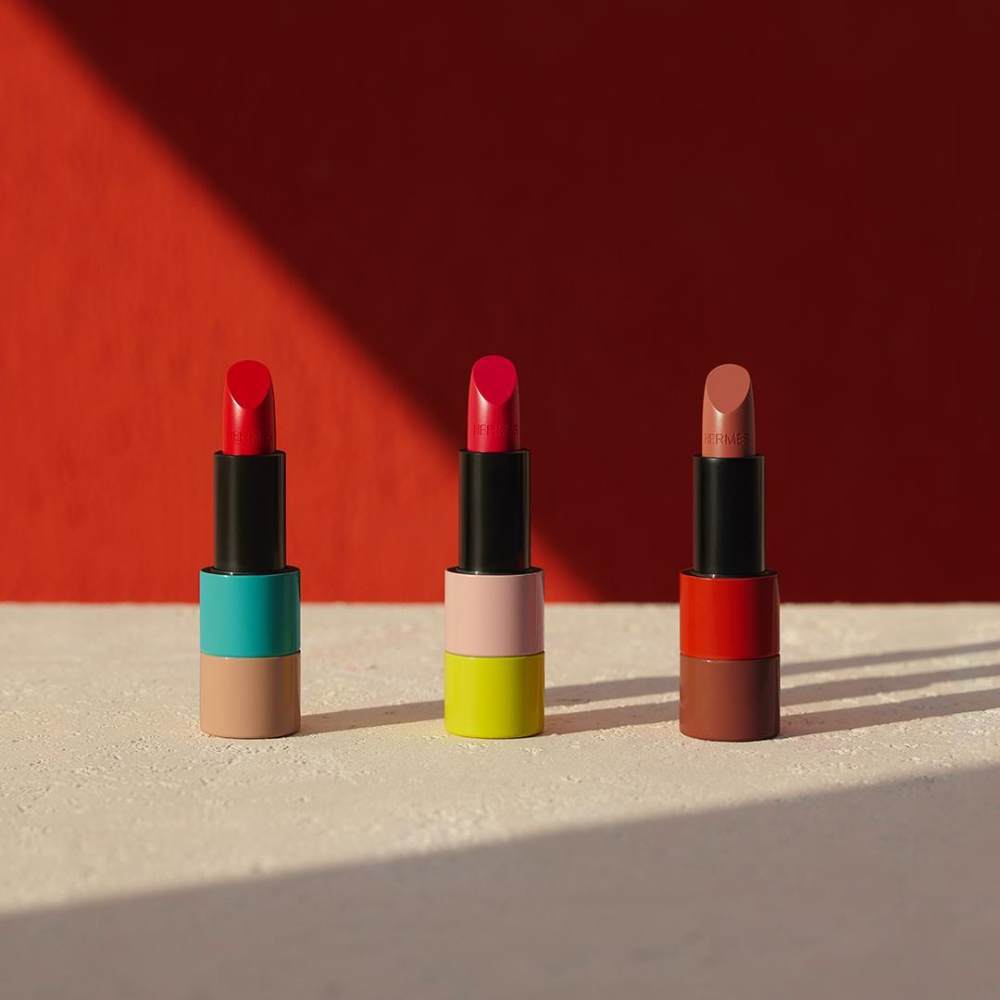
It all seems to suggest that the Birkin bag remains the maison’s best ambassador, though the house needs to continue exploring other categories in case one or more of them can reach the same level of status. Plus nothing is permanent; all brands must constantly evolve and innovate to keep up with the era. For now, Hermès appears to be doing just that.
This article originally appeared on Jing Daily.
Want more stories like this? Sign up here. Follow STYLE on Facebook, Instagram, YouTube and Twitter.

- Unlike Gucci and Louis Vuitton, Hermès doesn’t use KOLs and C-stars like Xiao Zhan in China but has got into make-up, taking on Estée Lauder, L’Oréal and Chanel
- Baghunter says Birkin bags are a better investment than gold or stock but Axel Dumas, CEO of Hermès Group, aims to add more balance to the product range